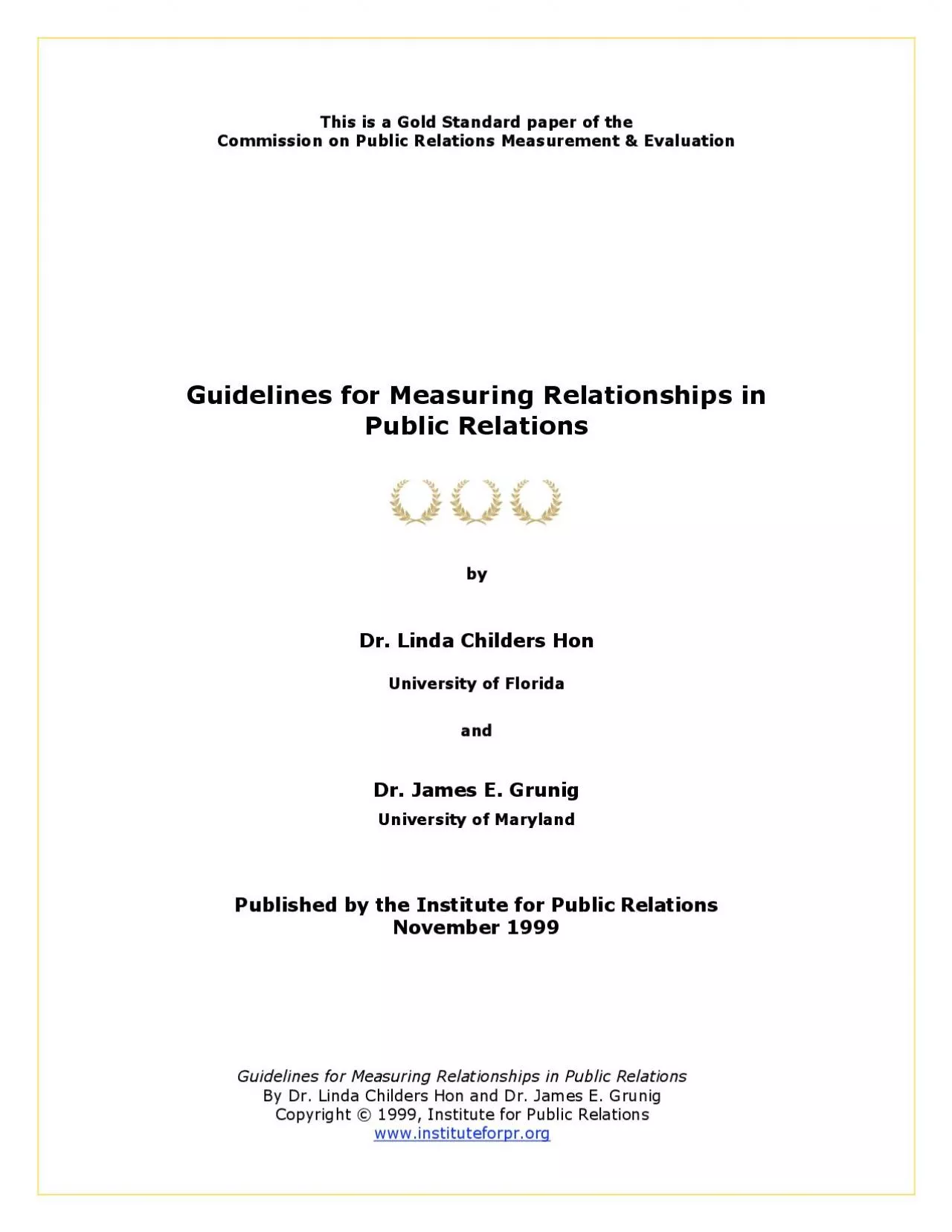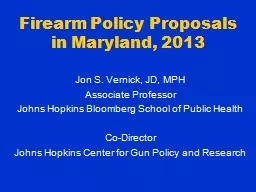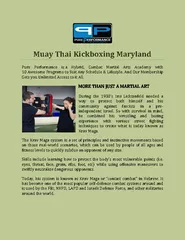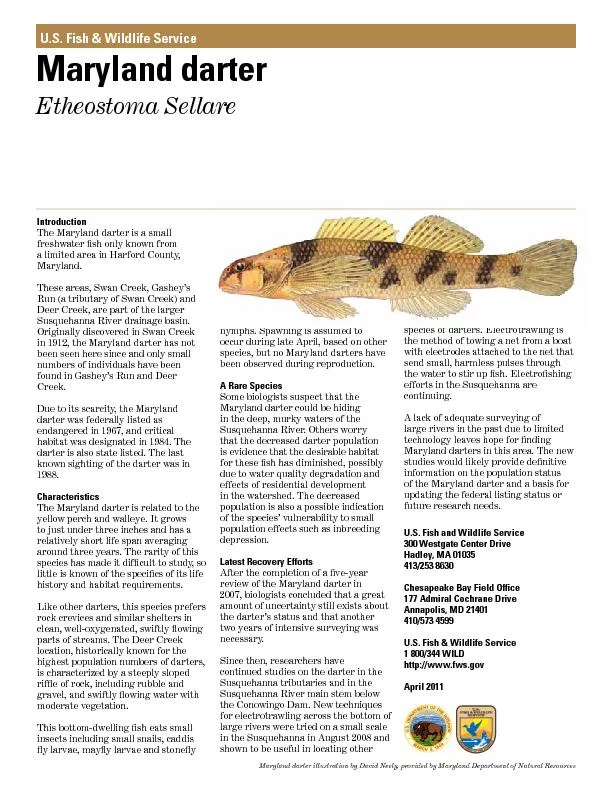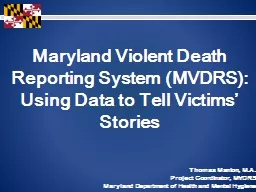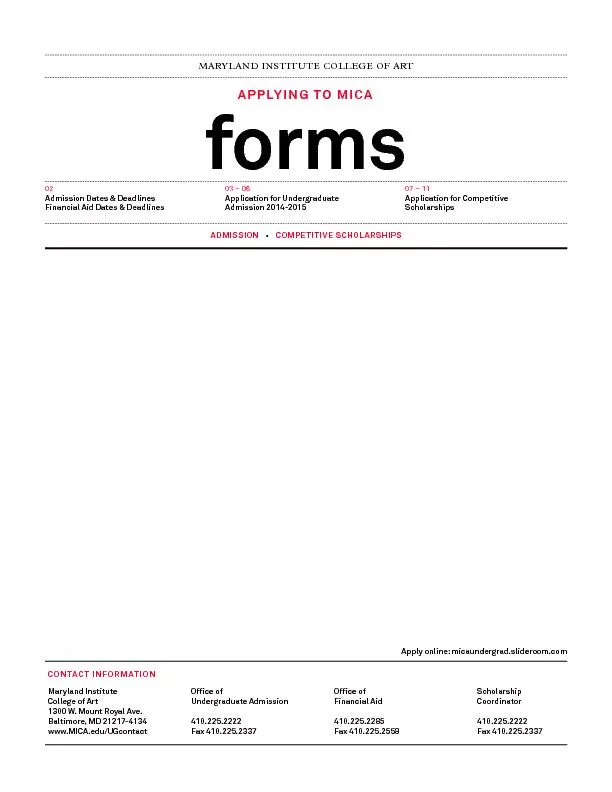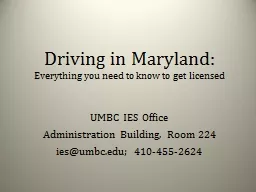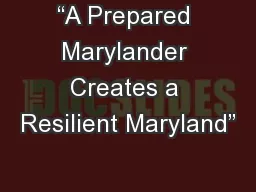PDF-Dr James E Grunig University of Maryland Published by the Institute
Author : davis | Published Date : 2021-10-02
Patrick Jackson BursonMarsteller Jackson Jackson Wagner Dr Glen M Broom Bruce C JeffriesFox San Diego State University ATment and Evaluation a second booklet was
Presentation Embed Code
Download Presentation
Download Presentation The PPT/PDF document "Dr James E Grunig University of Maryland..." is the property of its rightful owner. Permission is granted to download and print the materials on this website for personal, non-commercial use only, and to display it on your personal computer provided you do not modify the materials and that you retain all copyright notices contained in the materials. By downloading content from our website, you accept the terms of this agreement.
Dr James E Grunig University of Maryland Published by the Institute: Transcript
Download Rules Of Document
"Dr James E Grunig University of Maryland Published by the Institute"The content belongs to its owner. You may download and print it for personal use, without modification, and keep all copyright notices. By downloading, you agree to these terms.
Related Documents

